Growing mushrooms at home might seem like a complex task, but it’s surprisingly simple with the right knowledge and a bit of patience. Whether you want to grow mushrooms for cooking, health benefits, or just a fun DIY project, this guide will walk you through the process step by step. From choosing the right type of mushroom to harvesting your crop, everything you need to know is right here.
Choose the Right Type of Mushroom
Before anything else, decide which type of mushroom you’d like to grow. Not all mushrooms are beginner-friendly, and some require more care and precision than others.
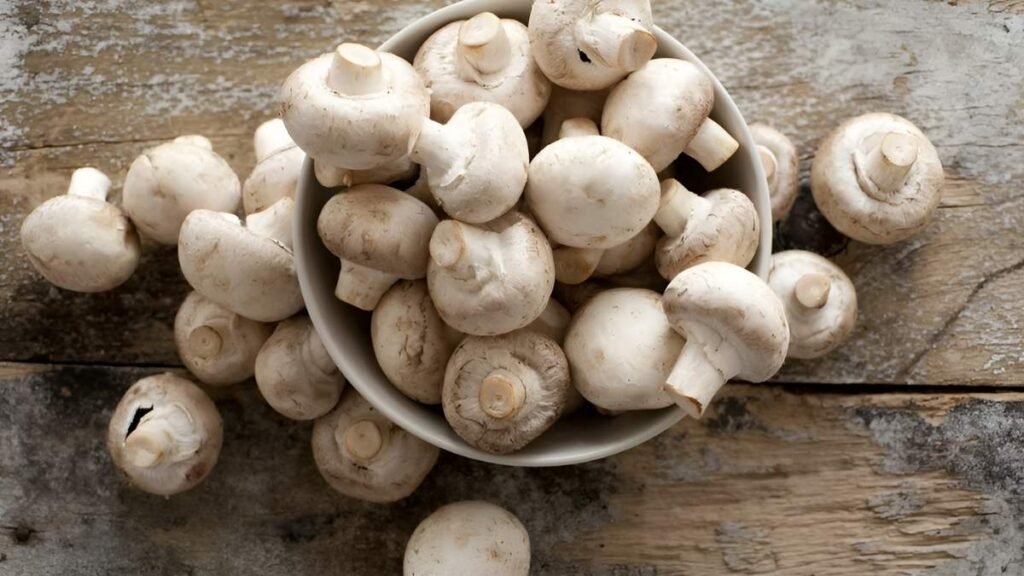
For beginners, oyster mushrooms, white button mushrooms, and shiitake mushrooms are excellent choices. Oyster mushrooms grow quickly and are less prone to contamination. White button mushrooms are popular in kitchens, while shiitake mushrooms offer rich flavors and nutritional value.
Each variety has slightly different requirements for temperature, humidity, and growing medium, so choose one based on your preferences and the environment you can provide.
Select a Growing Method
Once you’ve chosen your mushroom type, you need to pick a growing method. The most popular methods include growing from a kit, using spores, or starting with spawn.
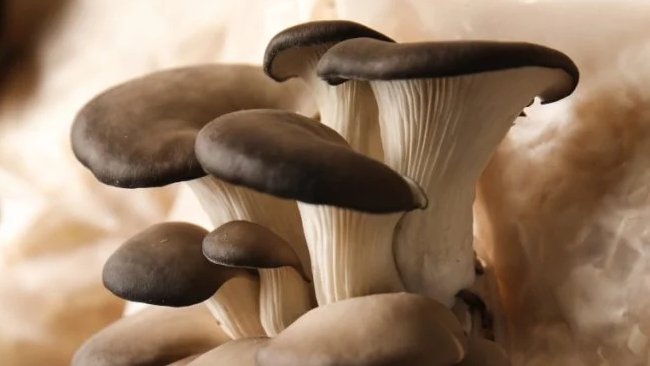
Beginner-friendly mushroom kits come with everything you need, including a pre-inoculated substrate. If you’re looking for a low-effort, low-risk way to start, this is a great option.
For a more hands-on experience, you can use mushroom spores or spawn. Spawn is essentially the mycelium (mushroom roots) already growing on a substrate like sawdust or grain. Using spawn instead of spores speeds up the growing process and reduces the chance of contamination.
Prepare the Growing Environment
Mushrooms don’t need sunlight to grow, but they do need the right conditions in terms of moisture, temperature, and airflow. Most mushrooms prefer dark, humid environments with stable temperatures.
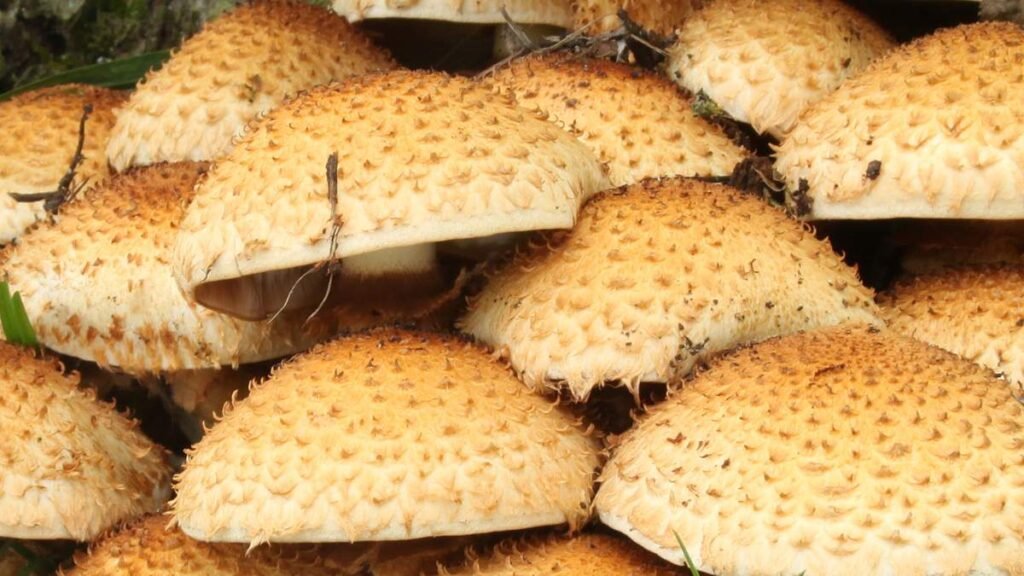
You can grow mushrooms in a basement, closet, or even a cupboard anywhere that’s out of direct sunlight and can be kept damp. A plastic storage container, cardboard box, or even a bucket can serve as a growing chamber. Make sure your container has a few holes for airflow, and line it with plastic if needed to retain moisture.
Depending on the mushroom variety, the ideal temperature can range from 55°F to 75°F (13°C to 24°C). Use a spray bottle to maintain high humidity, and consider using a small fan to ensure adequate airflow and prevent mold growth.
Prepare the Substrate
The substrate is the material in which the mushrooms grow. Different mushrooms prefer different substrates. For example, oyster mushrooms thrive in straw or coffee grounds, while shiitake mushrooms prefer hardwood sawdust or logs. White button mushrooms typically grow well in composted manure.
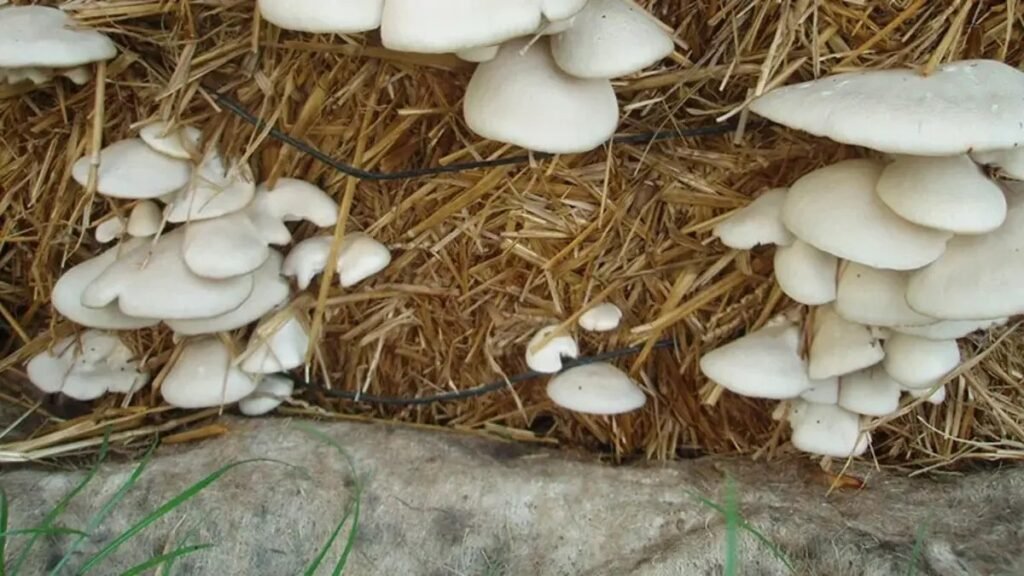
To prepare the substrate, you’ll usually need to soak it in water to make it moist and sterilize it to kill off unwanted bacteria and fungi. This can be done by boiling, steaming, or using a pressure cooker.
Once cooled, mix the spawn evenly into the substrate and place it in your growing container. Be sure to wash your hands and use clean tools to avoid contamination.
Incubate the Spawn
After mixing your spawn with the substrate, it’s time to let the mycelium colonize. This stage is called incubation. Place your container in a dark, warm place, ideally between 65°F and 75°F (18°C to 24°C), depending on the mushroom type.
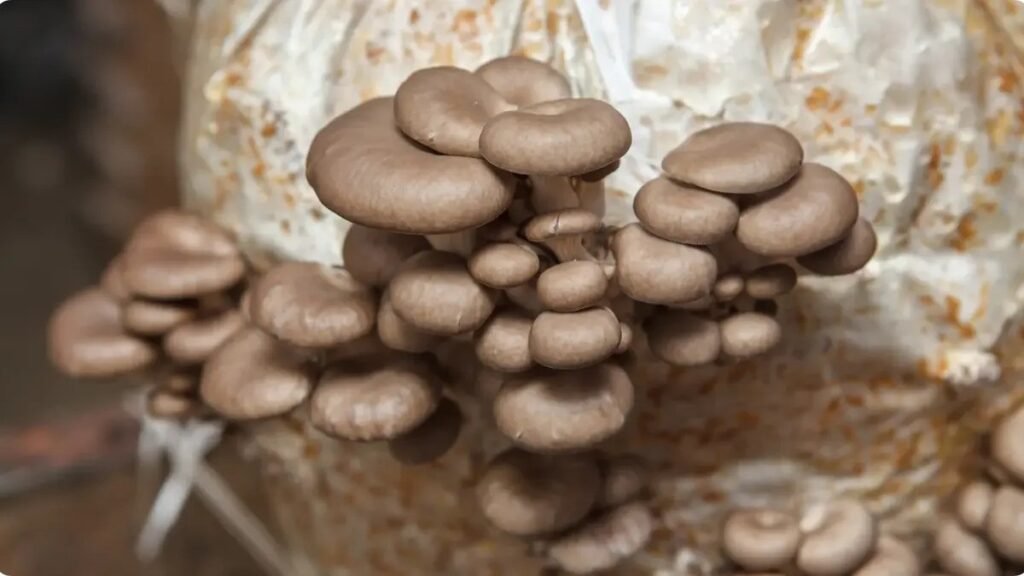
Over the next few weeks, the mycelium will spread throughout the substrate, turning it white and fuzzy. This colonization process usually takes 2 to 4 weeks. Avoid opening the container too often during this time to prevent contamination.
Initiate Fruiting Conditions
Once the substrate is fully colonized by the mycelium, it’s time to switch to fruiting conditions to trigger mushroom growth.
Move the container to an area with indirect light and lower the temperature slightly if needed. Increase humidity by misting the walls of the container or using a humidity tent. Fresh air is also important at this stage, so open the container a few times a day or use a small fan.
In a few days to a week, you should begin to see small mushroom pins (baby mushrooms) forming on the surface of the substrate.
Maintain Humidity and Monitor Growth
Mushrooms are made up mostly of water, so keeping the humidity high is critical for healthy growth. Use a spray bottle to mist your growing area at least twice a day. Be careful not to overwater the substrate itself, as excess moisture can lead to mold.
Keep an eye on the temperature as well. Some mushrooms like it cooler during fruiting, while others prefer it warmer. Monitor your crop daily, watching for signs of contamination, pests, or dryness.
Within 5 to 10 days of pinning, your mushrooms should be ready to harvest.
Harvest Your Mushrooms
The best time to harvest mushrooms is just before the caps fully open. If you wait too long, the mushrooms will release spores and may begin to decay or lose flavor.
To harvest, gently twist or cut the mushroom at the base using a clean knife or scissors. Don’t pull them up forcefully, as this can damage the surrounding mycelium and affect future flushes.
Most mushroom kits or setups will allow you to get at least 2 to 3 flushes (harvests) before the substrate is spent. Let the mycelium rest for about a week between harvests, keeping the environment moist and humid.
Clean Up and Reuse or Compost
Once your mushroom substrate stops producing, you can either discard it, compost it, or use it in your garden as mulch. Mycelium-enriched soil can improve soil health and structure.
Clean your growing containers thoroughly before starting a new batch to avoid contamination. If you enjoyed the process and want to grow again, consider trying a different mushroom species or experimenting with outdoor growing techniques.
Final Thoughts
Growing mushrooms at home is a satisfying and rewarding hobby that doesn’t require a green thumb. With just a bit of preparation and care, you can cultivate fresh, organic mushrooms right from your kitchen or basement. Whether you’re doing it for fun, sustainability, or the culinary rewards, mushroom growing is a great way to reconnect with nature and with patience, you’ll soon be enjoying the fruits (or fungi) of your labor.

